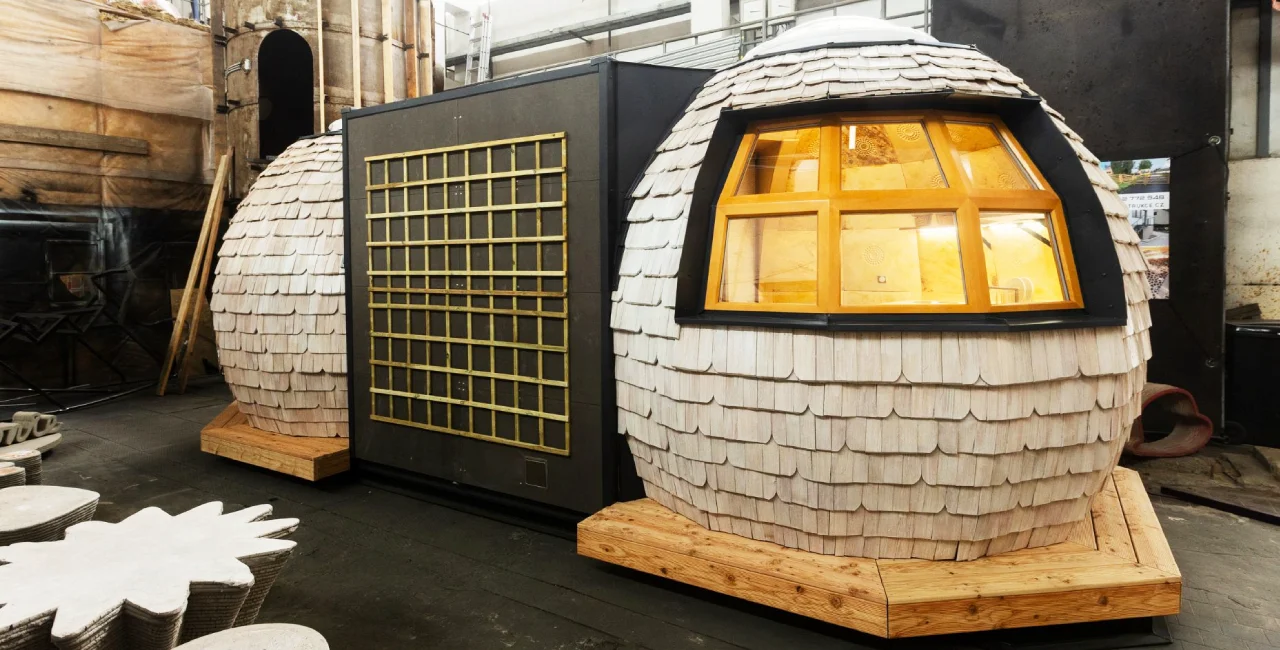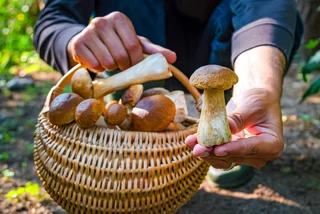In an earthy development for sustainable construction, Czech researchers and architects have unveiled the first building made primarily from mycelium, a material derived from fungi. The unique structure was presented to local media last week in České Budějovice after years of development.
Named Samorost, the innovative house showcases the potential of mycelium to replace traditional, fossil-fuel-based materials like polystyrene. With a focus on eco-friendly design, Samorost offers a sustainable alternative that could transform how we build homes and commercial spaces.
Built using 1,800 kilograms of mycelium-based composite, the 3.5-meter-tall, 7-meter-long demo project not only highlights the environmental benefits of the material but also demonstrates its strength, versatility, and aesthetic potential.
The house is designed to serve as both a functional structure and a striking showcase of how mycelium can be used in various aspects of modern construction.
The material behind the innovation
The mycelium composite used in the construction of Samorost is made from the root system of the reishi mushroom, a species known for its durability and strength. Mycelium, when combined with natural, renewable materials such as wood and cellulose, becomes a lightweight yet robust building material.

Unlike polystyrene, which is derived from fossil fuels, mycelium is biodegradable and produces significantly lower CO2 emissions during production. According to Jan Pešta, a researcher at Czech Technical University, the environmental benefits of mycelium include a drastically reduced carbon footprint compared to conventional building materials.
Mycelium has numerous potential applications in construction, ranging from thermal and acoustic insulation to structural components like partitions and walls. As the material is both fire-resistant and highly customizable, it can be used for furniture, wall panels, and even larger structural elements like supporting walls.
The team behind Samorost, including researchers from Czech Technical University and Czech startup Mykilio, is actively exploring ways to integrate mycelium into both interior design and broader architectural applications.
Testing and potential for wider adoption
Initial testing of the mycelium composite in the Samorost house has confirmed its viability as a replacement for materials like polystyrene in insulation. In laboratory tests, the material proved to be an effective thermal and sound insulator, with performance levels comparable to those of traditional construction materials.
Additionally, it was shown to meet key construction standards, including the installation of vapor barriers and moisture-proofing elements to prevent the material from degrading over time.
However, experts caution that while mycelium shows promise, its widespread use in large-scale construction may take time. According to Kateřina Sýsová, an architect at CTU, the material is not yet suited for every application, such as external insulation in multi-story buildings, where moisture exposure could compromise its properties.
Still, with growing support from the European Union's sustainability initiatives and increasing demand for environmentally-friendly solutions, mycelium-based construction could become more mainstream in the coming years.
As the Samorost project continues to garner attention, it is being showcased across Czech cities, with workshops and public demonstrations helping to educate the public and industry professionals about the potential of mycelium.
The demo project is slated to be exhibited in České Budějovice's Přemysla Otakara II Square this May, highlighting potential future use as a domicile for glamping in the Czech wilderness. For more information on the project, visit the website of sponsor Stavební spořitelna České Spořitelny.












 Reading time: 2 minutes
Reading time: 2 minutes 
























